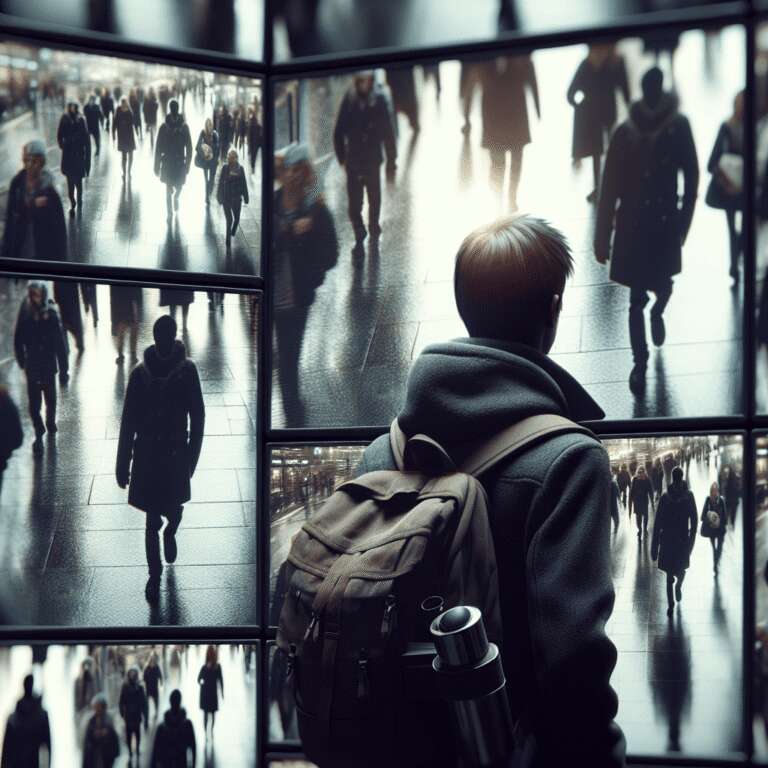Police departments and federal agencies in the United States are adopting a new form of surveillance technology that leverages Artificial Intelligence to identify and track individuals without using facial recognition. The tool, called Track and developed by video analytics company Veritone, analyzes attributes such as body size, gender, hair color and style, clothing, and accessories to locate and follow people in video footage. This shift allows law enforcement to skirt the boundaries of expanding state and local bans on facial recognition technology.
Veritone´s Track is reportedly in use by over 400 clients, including state and local police as well as universities, and is expanding into federal agencies. The American Civil Liberties Union (ACLU) voiced concern after learning about the widespread use of Track, noting it as the first known instance of a non-biometric tracking system being employed at scale in the US. The shift from biometric to attribute-based monitoring represents a significant evolution in police technology, potentially circumventing attempts by lawmakers and advocates to limit invasive surveillance practices. Critics worry that while Track stops short of identifying individuals by unique physical traits, the ability to follow someone through dense public spaces based on appearance could present similar privacy and civil liberty risks.
The use of Artificial Intelligence in law enforcement continues to expand, encompassing not just surveillance and identification, but also applications such as virtual reality training, citywide sensor integration, and AI-generated reporting. As this technological landscape evolves, stakeholders are grappling with questions about oversight, efficacy, and individual rights. Parallel to these developments, other sectors are also undergoing transformation—from the gradual phase-out of weather balloons in favor of AI-driven climate prediction tools, to ongoing discussions regarding semiconductor manufacturing and US–China tariff negotiations. These stories underscore the rapidly shifting intersection of Artificial Intelligence, policy, and society, where innovation often outpaces the legal frameworks meant to govern it.

